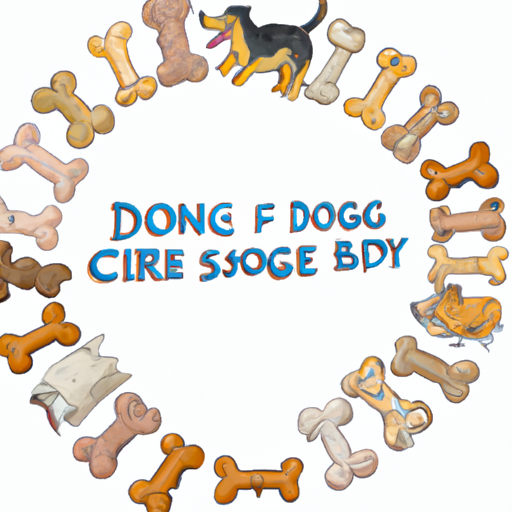As a caregiver for your beloved pet, you’re always considering how best to ensure they’re healthy, happy, and entertained. One common question that arises is “What are the best bones for dogs?” From the benefits of chewing to the risks of certain types of bones, and more; let’s delve into this canine conundrum.
H2: Why Dogs Love Bones
Dogs and bones seem like a match made in heaven. Dogs have an instinctual attraction to bones, which not only satiates their urge to chew but also provides mental stimulation and helps keep their teeth clean.
- Mental Stimulation: Chewing on bones can be a fun and engaging activity for dogs. It helps stimulate their minds and can keep them occupied for hours on end.
- Teeth Cleaner: Chewing on bones also helps clean dogs’ teeth and gums. It can help remove plaque and tartar build-up, promoting oral health.
H2: The Importance of Choosing Safe Bones for Dogs
Not all bones are created equal. Some can pose serious health risks to your dog, including choking, digestive blockages, and broken teeth.
- Size Matters: Always choose a bone that is appropriate for your dog’s size. A small bone can be a choking hazard for a large dog.
- Avoid Cooked Bones: Cooked bones, especially those from poultry, can splinter and injure your dog’s throat or intestines.
H2: The Best Types of Bones for Dogs
Now let’s delve into the types of bones that are generally safe and beneficial for dogs:
- Raw Bones: Raw bones are generally safe for dogs, and they are a great source of calcium and other essential nutrients.
- Dental Bones: Dental bones are designed to promote oral health. They often contain ingredients that help freshen breath and whiten teeth.
- Edible Bones: Edible bones are made from digestible materials like beef hide. They are a great option for aggressive chewers.
| Type of Bone | Benefits | Risks |
|---|---|---|
| Raw Bones | Rich in nutrients, good for oral health | Potential for bacterial contamination |
| Dental Bones | Promote oral health, reduce bad breath | May contain artificial ingredients |
| Edible Bones | Safe for aggressive chewers, can be consumed entirely | May pose choking hazard if not appropriately sized |
H2: When to Give Your Dog a Bone
Knowing when to give your dog a bone is just as important as knowing what type of bone to give.
- Supervised Chewing: Never leave your dog alone with a bone. Always supervise them to ensure they don’t choke or injure themselves.
- Regular, But Not Constant: Offering a bone once or twice a week is a good standard to follow. Constant chewing can lead to dental issues over time.
H2: Frequently Asked Questions
Q: Can I give my dog a bone from my dinner?
A: It’s not recommended. Cooked bones can easily splinter and cause serious harm to your pet.
Q: How long should I let my dog chew on a bone?
A: It depends on the bone and your dog’s chewing habits, but a good general rule is about 15 minutes at a time.
Q: What should I do if my dog swallows a piece of bone?
A: If your dog seems to be in distress, take them to the vet immediately.
As a caregiver, your pet’s health and happiness are your top priority. Choosing the right bone for your dog can contribute significantly to both. Always remember to monitor your pet while they’re enjoying their treat, and opt for bones that are safe and beneficial to their health.



